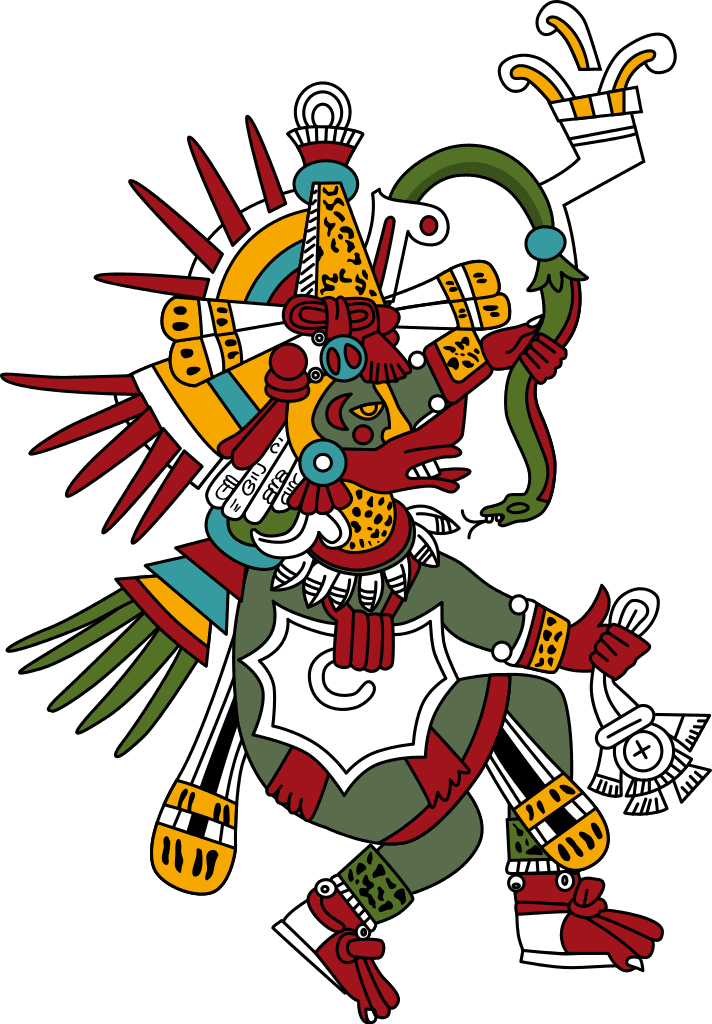
Stanford Carmack contributed this week’s new article in Interpreter: A Journal of Latter-day Saint Faith and Scholarship, the constantly growing flagship publication of the Interpreter Foundation:
“Pitfalls of the Ngram Viewer”
Abstract: Google’s Ngram Viewer often gives a distorted view of the popularity of cultural/religious phrases during the early 19th century and before. Other larger textual sources can provide a truer picture of relevant usage patterns of various content-rich phrases that occur in the Book of Mormon. Such an approach suggests that almost all of its phraseology fits comfortably within its syntactic framework, which is mostly early modern in character.
Back on 5 March 2015, I published a column about a then-recent publication by Dr. Carmack in Interpreter. This is what I said, in part:
Recently, [we] published an article bearing the somewhat dry and intimidating title “The Implications of Past-Tense Syntax in the Book of Mormon.” However, the implications of the evidence and analysis provided by linguist Stanford Carmack are anything but dry. They’re profoundly thought-provoking and, indeed, spectacular.
“In the middle of the 16th century,” Carmack observes, there was a brief “surge in the use of the auxiliary verb ‘did’ to express the affirmative past tense in English, as in ‘Moroni did arrive with his army at the land of Bountiful’ (Alma 52:18).” The 1829 manuscript of the Book of Mormon contains nearly 2,000 instances of this particular verbal form, using it 27 percent of the time in past-tense contexts. By contrast, the 1611 King James Bible employs the form less than 2 percent of the time, Carmack wrote in the abstract.
Strikingly, “while the Book of Mormon’s rate is significantly higher than the Bible’s, it is close to what is found in English-language texts written mainly in the mid- to late 1500s,” Carmack wrote. “And the usage died out in the 1700s.” So, in this linguistic feature as in others, “the Book of Mormon is unique for its time,” Carmack wrote.
In fact, writes Carmack, “textual evidence and syntactic analysis argue strongly against” both the notion that the Book of Mormon is a 19th-century composition and the common assumption that its language is imitation King James English. The book’s past-tense syntax, he argues, “could have been achieved only by following the use of largely inaccessible 16th-century writings. But mimicry of lost syntax is difficult, if not impossible, and so later writers who consciously sought to imitate biblical style failed … at a deep, systematic level.”
This includes books such as Richard Snowden’s “The American Revolution” (1796), Gilbert Hunt’s “The Late War” (1814) and Ethan Smith’s “View of the Hebrews” (1823). All three have been proposed as Joseph Smith’s supposed source for the Book of Mormon, Carmack wrote.
I also referred to
Royal Skousen, whose “Restoring the Original Text of the Book of Mormon” appeared in “Interpreter” the previous week. His 27 years of investigation have made him indisputably the premier authority on the subject, and he was the first to publicly call attention to linguistic features in the Book of Mormon that seem to derive from two or three generations prior to the King James Bible. . . .
[A] common view regarding the translation of the Book of Mormon holds that as Joseph translated, ideas came to his mind that he expressed in his own language and phraseology; accordingly, the original English language of the Book of Mormon reflects Joseph’s upstate New York dialect, intermixed with imitation biblical English; and the Book of Mormon discusses the religious and political issues of Joseph’s own time. Skousen . . . argue[s] that these views are misguided and based on a determination to stick with preconceived notions even in the face of the evidence.
***
An important invitation for this weekend:
“Prophet Invites All to Fast and Pray for Relief from COVID-19”
***
The most recent installment of my (sadly) now bi-weekly column in the Deseret News appeared on Thursday:
***
This one comes from our friends at Book of Mormon Central:
“Ancient Perspectives on Enos, Jarom, Omni, and Words of Mormon”
***
And here’s an interesting question from one of the journalists at GetReligion:
“How will America’s religion marketplace change after coronavirus crisis is behind us?”












